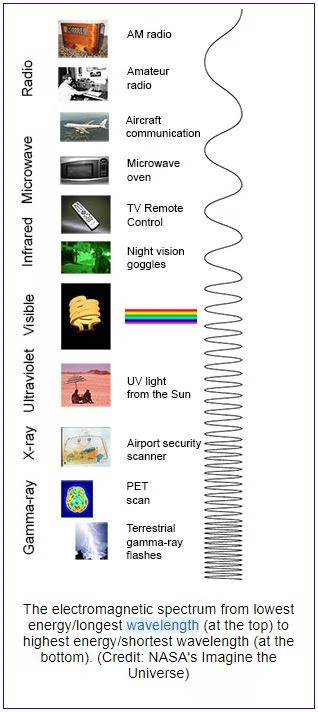Important Facts For Prelims
NASA's Psyche Spacecraft
- 29 Nov 2023
- 4 min read
Why in News?
NASA's Psyche spacecraft, currently journeying over 16 million kilometers away in space, recently achieved a groundbreaking feat by successfully firing a laser signal at Earth.
- It took off on 13th October, 2023, launching from the Kennedy Space Center via a SpaceX Falcon Heavy rocket.
What is NASA’s Psyche Mission?
- About: The Psyche mission aims to explore the asteroid Psyche, located between Mars and Jupiter.
- Psyche is a rare metallic asteroid believed to be the exposed nickel-iron core of an early planet.
- This mission offers a unique opportunity to directly study a planetary core, providing invaluable insights into the formation of terrestrial planets like Earth.
- Objectives:
- Core Identity: Determine if Psyche is a core or unmelted material.
- Surface Age Assessment: Analyze relative ages of different regions on Psyche's surface.
- Composition Comparison: Compare elemental composition with Earth's core.
- Formation Conditions: Determine if Psyche's formation conditions were more oxidizing or reducing than Earth's core.
- Topography Characterization: Study Psyche's surface features.
- Scientific Instruments:
- Multispectral Imager: Capture images across different wavelengths.
- Gamma Ray & Neutron Spectrometer: Analyze elemental composition.
- Magnetometer: Measure magnetic fields. Confirmation of a remanent magnetic field at Psyche would be strong evidence that the asteroid formed from the core of a planetary body.
- X-band Gravity Science Investigation: Study gravitational effects of Asteroid on spacecraft.
- Deep Space Optical Communication (DSOC): Test laser-based communication technology using near-infrared wavelengths for faster data transmission between the spacecraft and Earth.
What is the Significance of Deep Space Optical Communications?
- Psyche is the inaugural spacecraft equipped with a NASA's Deep Space Optical Communications (DSOC) transceiver.
- The DSOC technology encodes data in near-infrared light photons instead of radio waves.
- It is poised to enable data rates at least ten times higher than current radio systems, facilitating enhanced imaging, extensive scientific data transmission, and even video streaming.
- It will facilitate faster data transmission than current space communication tech which predominantly relies on radio waves due to their propagation capabilities, enabling them to traverse through various mediums and obstacles.
- Near-infrared waves, while useful for specific applications, lack radio waves' penetration and distance capabilities.
- The distinction lies in the fact that near-infrared waves have shorter wavelengths, as opposed to radio waves, which feature the longest wavelength in the electromagnetic spectrum.
- However, limitations in data transmission rates prompt the quest for better technology.
- Near-infrared waves, while useful for specific applications, lack radio waves' penetration and distance capabilities.
UPSC Civil Services Examination, Previous Year Question (PYQ)
Q. Satellites used for telecommunication relay are kept in a geostationary orbit. A satellite is said to be in such an orbit when: (2011)
- The orbit is geosynchronous.
- The orbit is circular.
- The orbit lies in the plane of the Earth’s equator.
- The orbit is at an altitude of 22,236 km.
Select the correct answer using the codes given below:
(a) 1, 2 and 3 only
(b) 1, 3 and 4 only
(c) 2 and 4 only
(d) 1, 2, 3 and 4
Ans: (a)





